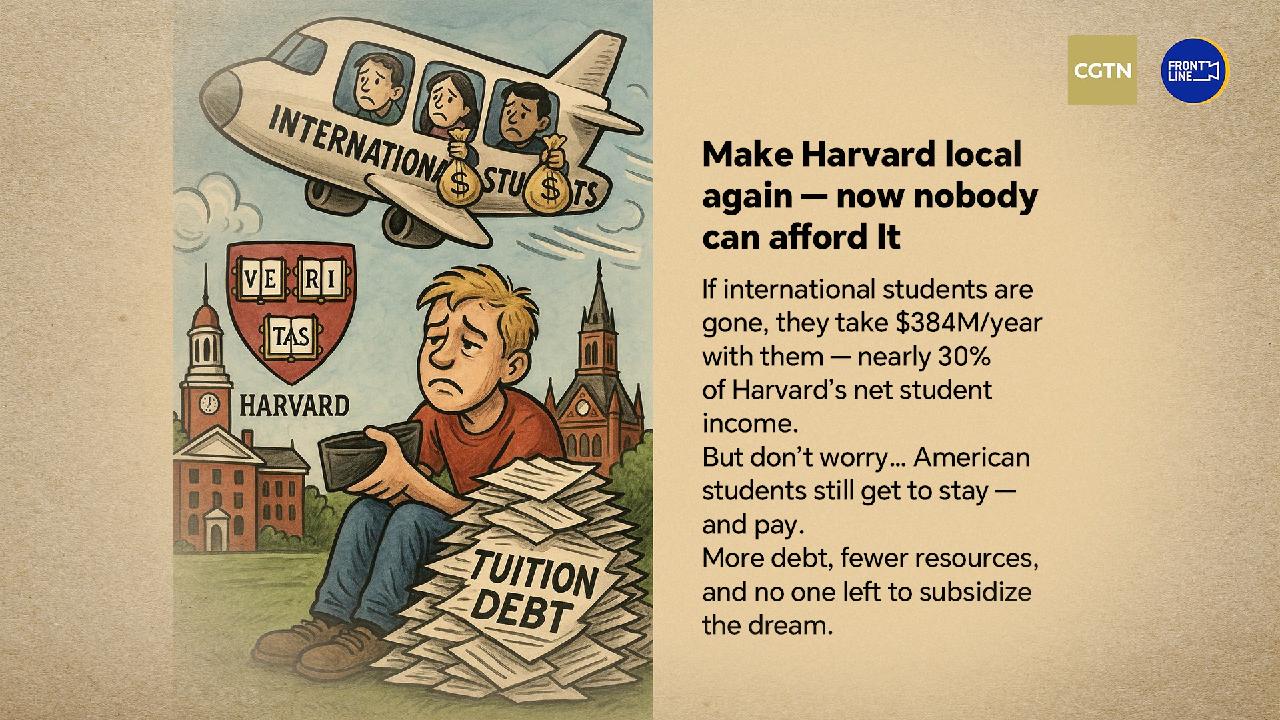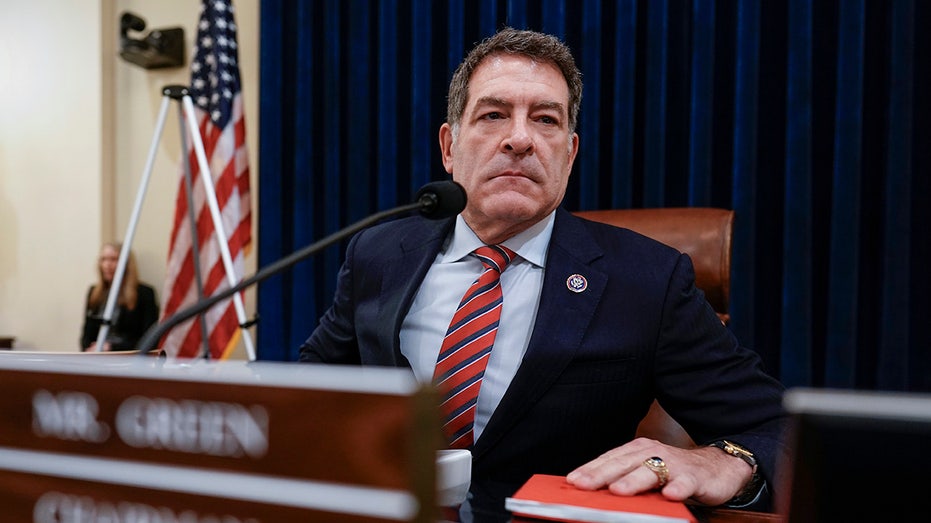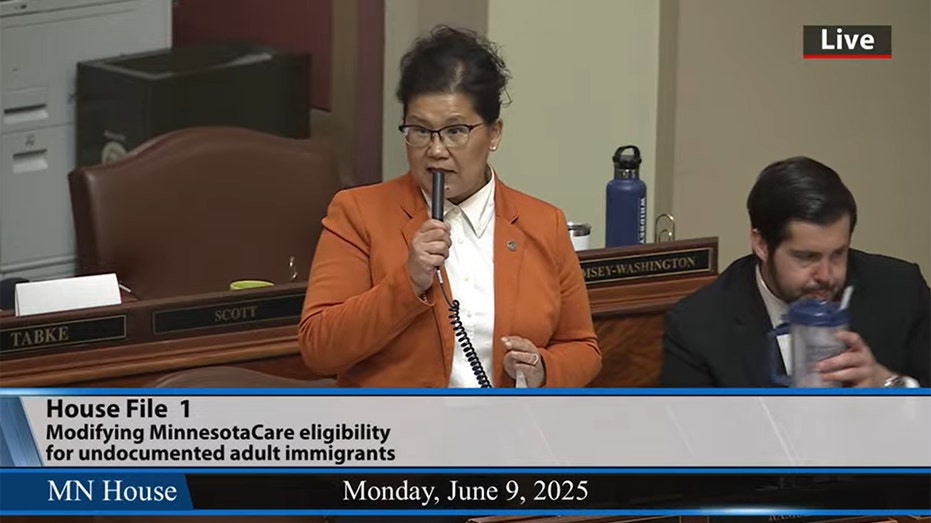Harvard’s Reputation Challenges: Rising Costs Make Elite Education Unaffordable for Many
Harvard graduates rally for affordability as skyrocketing costs make the legendary institution unreachable for many students

The potential departure of international students from Harvard University is poised to deliver a seismic economic blow, with estimates placing the loss at $384 million annually. This sum represents nearly 30 percent of the university’s net student income—a financial gap that would carve deep into the heart of Harvard’s operating budget and financial aid infrastructure.
International students have historically played a crucial role in subsidizing the institution's mission. Many pay full tuition, often without recourse to domestic financial aid or scholarship pools reserved for U.S. citizens. Their presence has helped shoulder the cost burden for American students, enabling the university to offer need-blind admission and substantial aid packages. If that revenue stream dries up, the balance shifts dramatically: American students may soon face higher tuition fees, increased loan burdens, and diminished resources.
The consequences stretch beyond mere numbers. With fewer funds flowing in, Harvard may be forced to make difficult choices—reducing financial aid offerings, scaling back student programs, or even freezing faculty hires. Such measures risk eroding the quality of the educational experience and diminishing access to opportunities for all but the wealthiest applicants. The university’s vaunted diversity, both intellectual and cultural, could also suffer, as a campus less international becomes a campus less dynamic.
For students who remain, particularly Americans, the new reality is stark: greater debt loads, shrinking support services, and a diminished “Harvard dream.” As the institution grapples with its evolving student base, the philanthropic and academic networks that have long flourished on its global reputation may weaken, underlining the far-reaching impact of losing international students—and the $384 million they bring each year.




